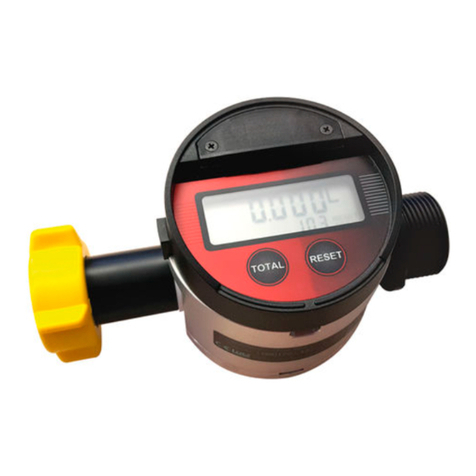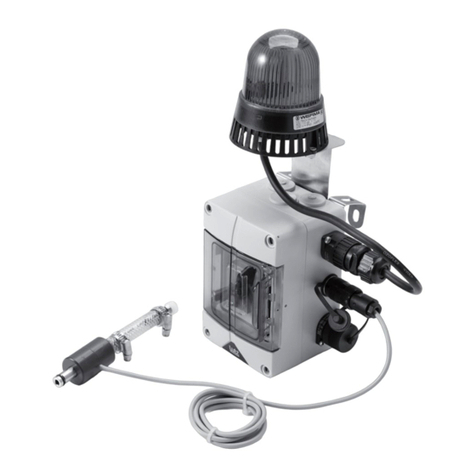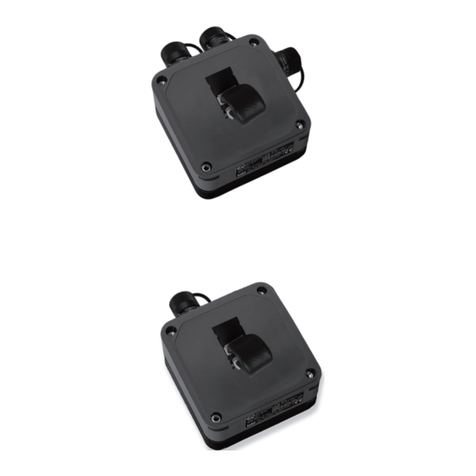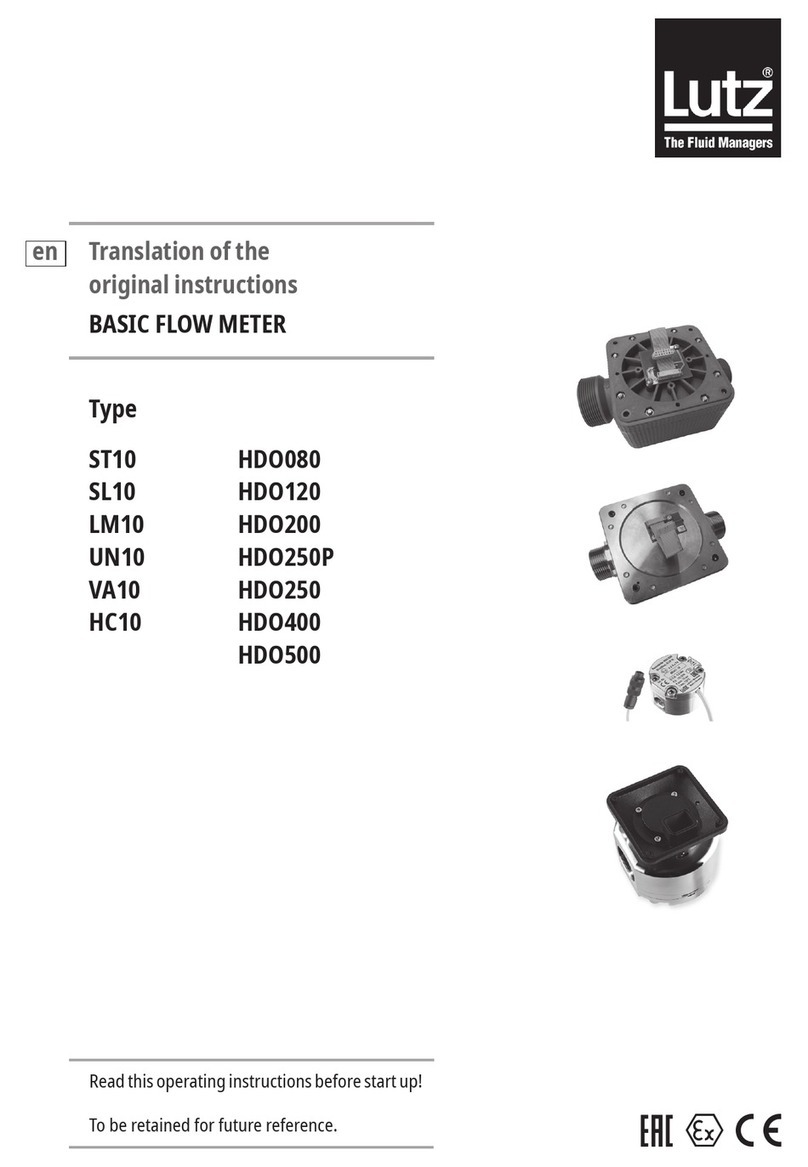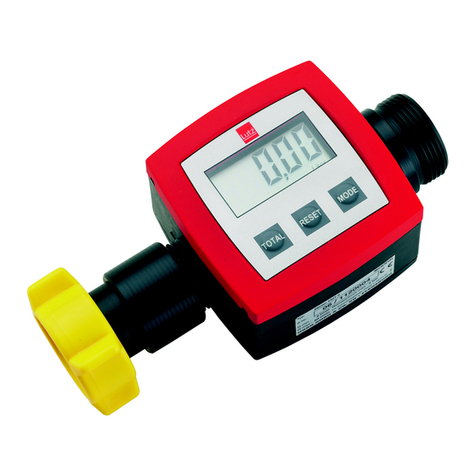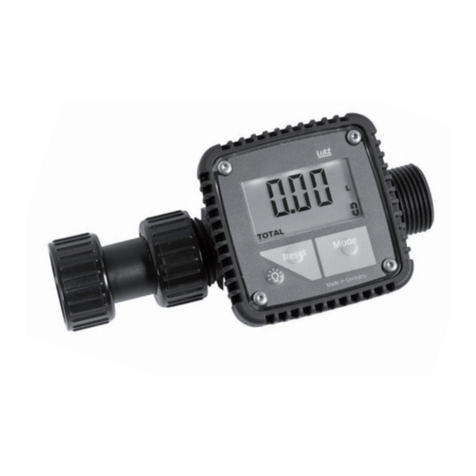
GB
10
B. Basic flow meter
1. Proper use
The basic flow meter is used for measuring liquid volumes where gauging metering is not required. The basic
flow meter is precalibrated for the use of water. The measurement of other pure media is also possible. To do this,
a different user-specific calibration factor is entered at the operating unit.
Warning!
The metering of non-compatible liquids damages the flow meter.
Splashing liquid or flying parts can cause injury.
Check by means of the materials indicated in the technical data and a resistance table (e. g. Lutz
resistance table) whether the basic flow meter is suitable for the delivered liquid.
Warning!
Exceeding the temperature range and the operating pressure causes damage to the basic flow meter.
Splashing liquid or flying parts can cause injury.
The ranges indicated in the technical data for temperature of liquid and operating pressure have to be
observed.
1.1 Application in explosion hazard areas
Application in explosion hazard areas or the metering of flammable liquids can cause explosion
resulting in severe injury or death.
Following must be observed:
• Basic flow meters are non-electrical operating appliances not requiring official approval when used in zone 1.
• The basic flow meters VA, HC, LM and UN correspond to the directive 94/9/EC (group II, category 2, for
gases and temperature class T4).
• The basic flow meter may only be used at atmospherical conditions of 0.8 bar and a temperature range of -
20°C up to +40°C . An application is not allowed in atmospheres with flammable dust.
• The temperature of the liquid being pumped is limited for types LM and UN to max. 60°C and for types VA
and HC to max. 80°C.
• An equipotential bonding must be established between basic flow meter, pump tube and hose- or pipe line.
• Use only conductive pressure hoses or conductive pipes.
• For applications with a drum pump the basic flow meter must be mounted outside of the container.
• The admissible operating pressure (type LM, UN - 4 bar and VA, HC - 10 bar) must not be exceeded.
• In case another electronical device for analyzing is used than that provided by the manufacturer the
explosion protection regulations must be observed.
• In order to avoid fire sparkling, assembly works must be carried out by qualified personnel only.
• To prevent corrosion it must be ensured that the basic flow meter is resistant to the liquids being
transferred.
• To prevent an explosive gas atmosphere in the basic flow meter use a solid hose system.
Any other use as well as any modifications of the product have to be considered as improper use. The
manufacturer will not be held responsable for any damages resulting from such improper use, the risk lies
solely with the user.
B. Basic flow meter












